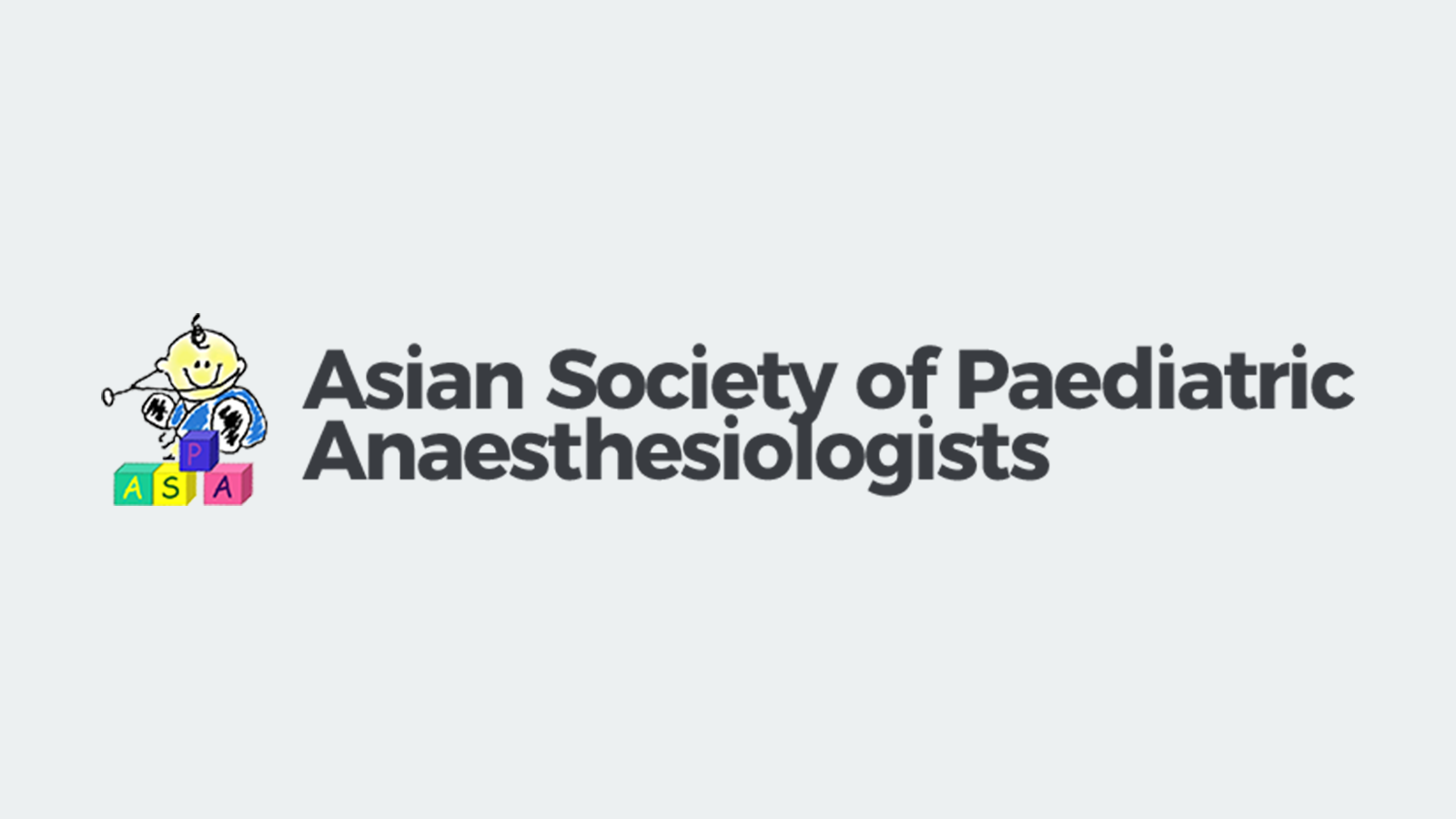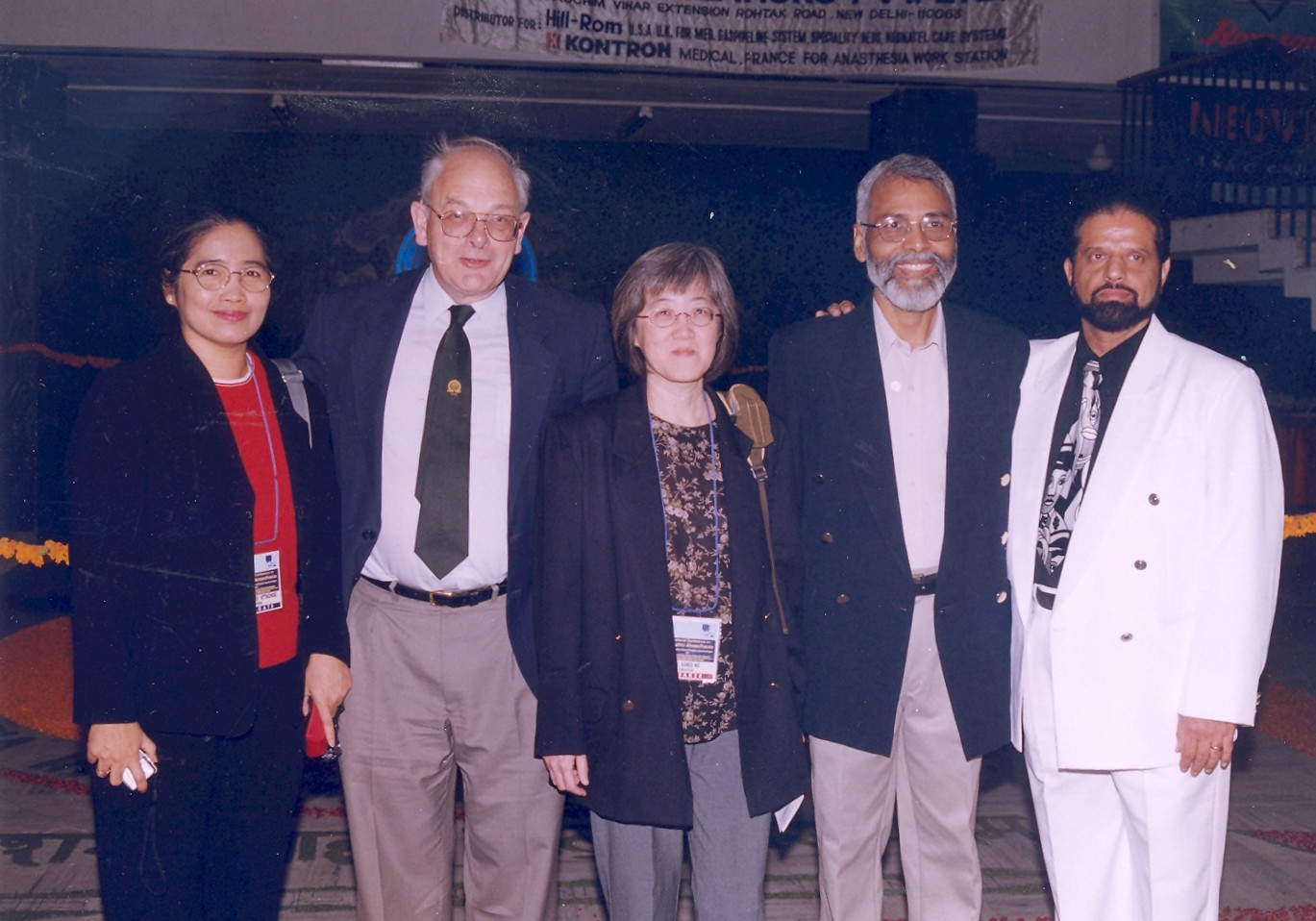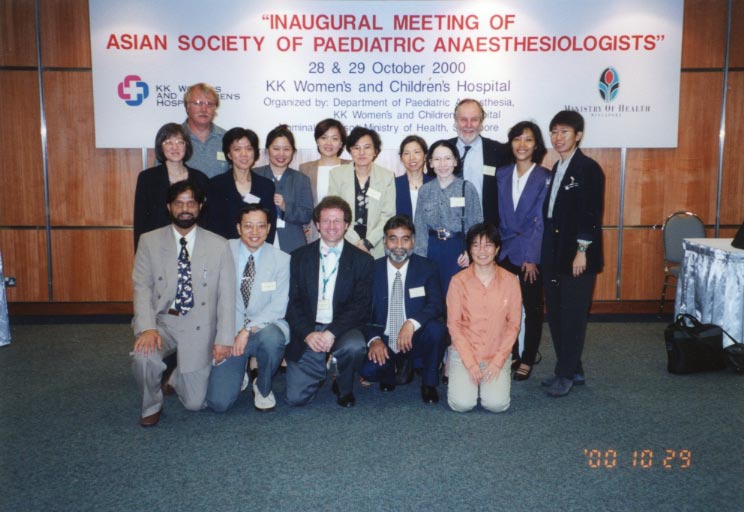The Asian Society of Paediatric Anaesthesiologists (ASPA) organized a meeting of high scientific standards under the congress president, Dr Khun Wanna Somboonviboon and the chair of the scientific committee, Dr Ruenreong Leelanukrom, Bangkok, Thailand. The 6th congress took place in a modern venue close to the famous Pattaya Beach on the 10th of November 2007, and was held as one of the precongress meetings of the 15th ASEAN Congress of Anesthesiologists. The congress programme focused on quality and safety in pediatric anesthesia.
At the opening ceremony, Dr Masao Yamashita, the president of the ASPA, stressed the importance of meeting face to face in this era of cyber-communication, and he ended his opening address by saying ‘While you are in Thailand, I want you to establish strong ties among colleague pediatric anesthesiologists in Asia’.
Many common problems of pediatric anesthesia, the implications of the new cardio-pulmonary resuscitation guidelines in relation to pediatric perioperative care, pediatric pain management and procedural sedation were analyzed and discussed. In addition, the benefits and hazards of the new inhalational agents in neonates and infants were reviewed. N Sethna (Boston, USA) started the morning session with a lecture on ‘Acute pain management: an update’. He discussed the challenges of managing acute pain due to the complex nature of pain physiology, the need for further investigation and the adoption of a multimodality pain approach in children to optimize analgesia and diminish untoward effects. He reviewed the current options of analgesics and pointed out that despite the progress of pediatric pain medicine in the past decades, postoperative pain in children remains under-treated. He emphasized not only the need to investigate new analgesic drugs and technologies to improve pain management in children, but also the need to organize resources to facilitate the care of children and infants in pain.
MS Vavilala (Seattle, USA) addressed traumatic brain injury in children, a particular important topic for Asian countries with extremely dense traffic. The compulsory use of helmets can reduce brain injury in children greatly, however, in children less than 4 years of age the outcome after severe brain injury is dire. Therefore, prevention by all possible means was recommended.
In a clinical forum ‘risk of anesthesia’, safe anesthesia practices were discussed. The importance of oxygenation was highlighted as the first aim of treatment, technical strategies being second. MK Karmakar (Hong Kong) tried to shed some light into the ongoing controversy about the use of cuffed and uncuffed tracheal tubes in infants and children. His conclusion from the literature was that cuffed tubes should only be used with a valid indication and only for short duration, as in all papers published till now stridor was used as an outcome measure which seems not to be conclusive.
R Leelanukrom (Bangkok, Thailand) chaired the symposium by N Sethna (Boston, USA) on ‘Regional anesthesia: an update’ N Sethna discussed key points in recent advances of regional anesthesia in children, in particular the valuable role of peripheral nerve blocks. They can play an integral component of multimodal analgesia and fast-track surgery to improve postsurgical pain relief and patient outcomes. The existing strategies of neuraxial and opioid therapies, although effective, are associated with unacceptable adverse effects, delay rehabilitation after surgery and demand exorbitant healthcare manpower and cost. He also presented data on the importance of ultra-sound directed peripheral nerve blocks in infants and children. His data included the improvement of safety and efficacy for central neural blocks as well as the potential of the utility of ultrasound guidance.
F Berry (Charlottesville, USA) expressed his surprise in: ‘Current practice – transfusion therapy and fluids’ that hypotonic fluid was still being used resulting in iatrogenic hyponatremia which has significant morbidity and mortality. Recently editorials in Pediatric Anesthesia and the British Journal of Anaesthesia have highlighted these entirely unnecessary side effects. Full strength balanced salt solution has been used in North America and many other countries for the past 30 years and is available off the shelf. In addition, the elimination of routine glucose in intravenous fluids for normal children was discussed.
M Yamashita (Mito, Japan) made an important point when reviewing agitation during emergence from anesthesia. There seem to be differences in the perception of the literature in Western compared with Asian countries. He gave evidence that the well known syndrome of emergence agitation after sevo- flurane anesthesia was meticulously described first by Japanese pediatric anesthesiologists in the early 1990s not only in Japanese papers with summaries in English, but also in English articles in widely known journals.
HS Kim (Seoul, Korea) presented the traditional and wellknown pediatric breathing circuit as well as ventilation during anesthesia. She predicted that the Mapleson F circuit (Jackson Rees T-piece) in pediatric anesthesia, will be left to its fate as its use is being taught less and less during residency training in Korea. She also mentioned the benefits of pressure-controlled ventilation with laryngeal mask airways.
GB Hammer (Stanford, USA) presented his wide field of knowledge and experience with anesthesia in rare, but difficult cases which needed one lung ventilation. The differential intubation of one lung was weighed against using a bronchial blocker and the advantages of each technique were well explained.
Dr Masao Yamashita finished his term as the President of the ASPA, and Dr Khun Wanna Somboonviboon, Chulalongkorn Hospital, Bangkok, will act as the new president. Manoj K. Karmakar was chosen as the president-elect.
The next ASPA meeting is going to be held in Ho Chi Minh City, Vietnam, in March 2009.
Josef Holzki and Masao Yamashita



